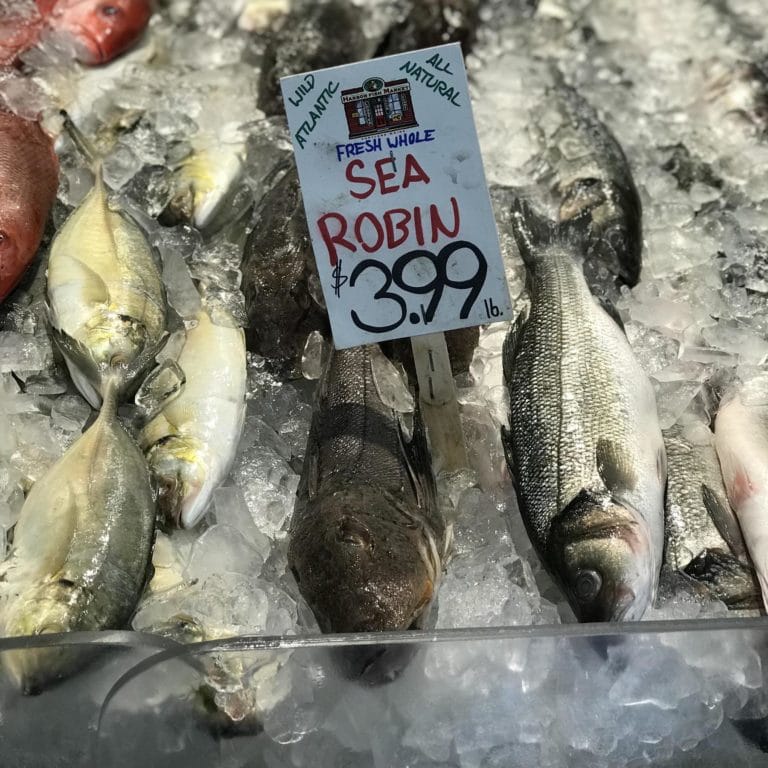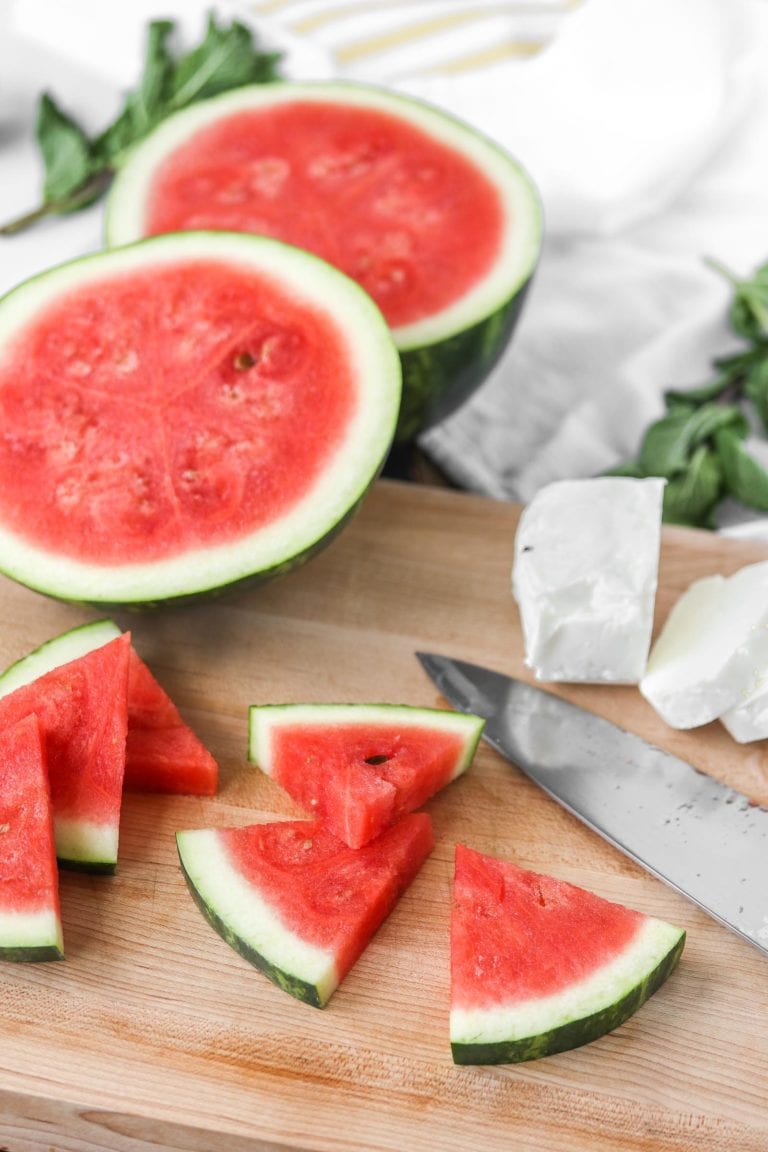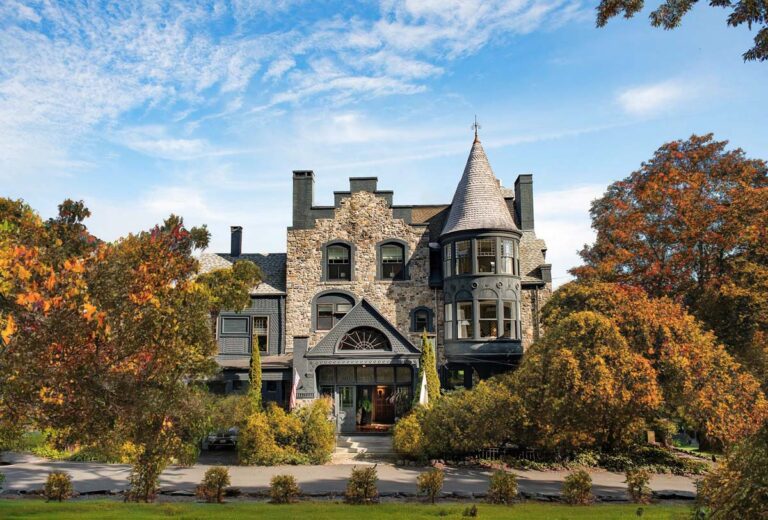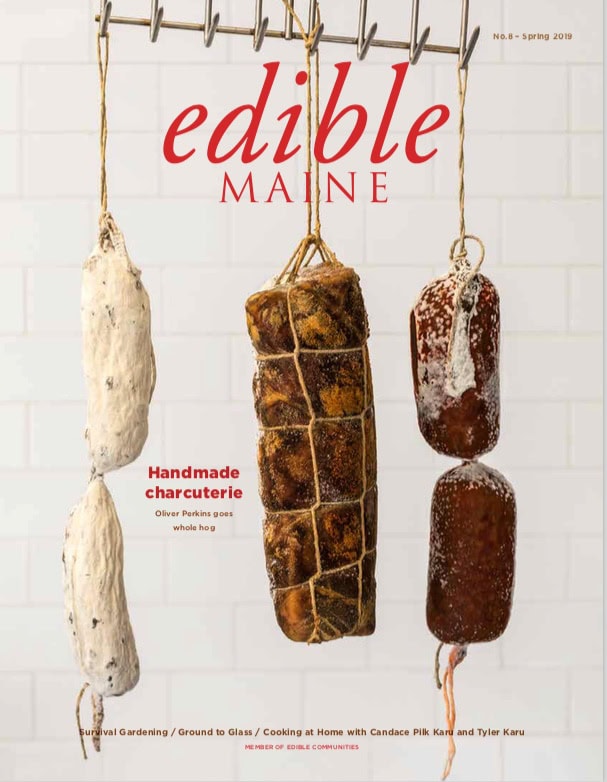Ah, the dandelion—nature’s most persistent party-crasher. This plucky little plant has become an all-too-familiar sight in Maine’s meadows, lawns, and gardens with its vibrant yellow blooms and ethereal, windblown seeds. Despite its reputation as the uninvited guest that won’t take a hint, our dandy dandelion friend has a far more intriguing backstory than one might expect. So, fasten your seatbelt and prepare for a rollicking romp through the unsung tale of the dandelion: its evolutionary escapades, ecological entanglements, and gastronomic gusto. By the time we’re through, you may wake up to this misunderstood botanical interloper and perhaps even invite it to stay for dinner.
Imagine the dandelion as an intrepid adventurer in the botanical world—navigating the perils of plant evolution with the tenacity of a caped crusader. Originating in Eurasia, our plucky protagonist spread its roots far and wide, conquering new territories with a bit of help from the wind and, quite unwittingly, from human intervention.
The dandelion’s unique reproductive strategy has been critical in its evolutionary success story. It practices apomixis, which allows it to produce seeds asexually, sidestepping the need for pollen swaps with other plants. This nifty trick has enabled dandelions to colonize even the most inhospitable environments. They’re the botanical equivalent of a resourceful dinner guest who brings their own wine, cheese, and crackers—ensuring a party wherever they go.
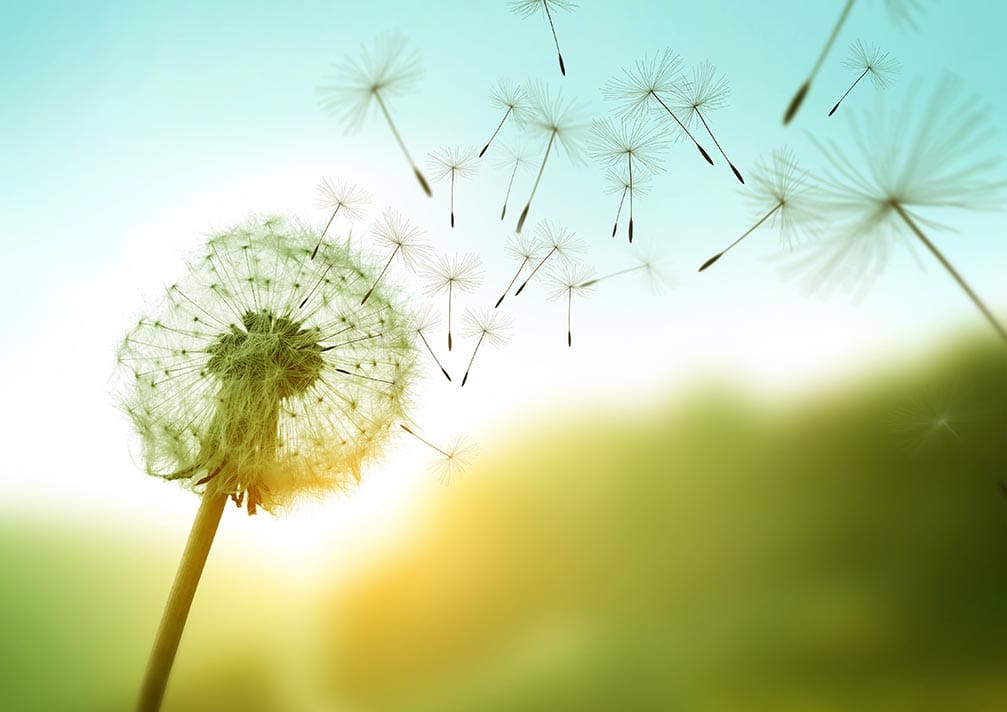
In an ironic twist of fate, dandelions have found a particular affinity for human-made landscapes. As we humans have developed our cities and suburbs, we’ve inadvertently crafted the perfect stage for the dandelion’s ongoing horticultural conquest. Their preference for nutrient-rich, disturbed soil makes them feel right at home in our lawns, gardens, and sidewalk cracks. Clever little things, aren’t they?
In a world where appearances often overshadow substance, dandelions have borne the brunt of many a horticultural snub. But beneath their unassuming exterior lies a plethora of ecological virtues just waiting to be discovered. Our doughty dandelion is, in fact, an environmental champion, fighting the good fight on behalf of pollinators and soil dwellers alike.
First, let’s consider the plight of the beleaguered bees and butterflies, who rely on the nectar and pollen of flowering plants for sustenance. As early-blooming harbingers of spring, dandelions provide a veritable smorgasbord for these winged wonders just when they need it most. With fewer wildflowers available due to habitat loss, dandelions have stepped up to the plate, offering a lifeline to these essential pollinators.
And what of the soil, you ask? Dandelions are no slouch in that department, either. Their deep, tap-rooted architecture acts as a natural jackhammer, breaking up compacted earth and improving aeration. Simultaneously, they mine nutrients from the depths, redistributing them in a grand subterranean ballet that benefits the soil and the plants around them. To top it all off, dandelions’ prodigious leaf litter acts as a natural mulch, slowing erosion and providing vital organic matter to the bustling ecosystem below.
So next time you spot a dandelion, spare a thought for the unsung heroics of this much-maligned botanical underdog, toiling away on behalf of its fellow flora and fauna.
As we’ve seen, the dandelion’s tale is far from a simple sob story. But how did this once-revered plant become the arch-nemesis of pristine lawns everywhere? It’s time to delve into the curious case of the dandelion’s fall from grace and its long-overdue redemption.
Historically, dandelions were highly prized for their myriad medicinal uses. This versatile little plant was the Swiss Army knife of herbal remedies, from soothing digestive ailments to tackling pesky skin conditions. However, as industrialization took hold and our obsession with immaculate, weed-free lawns burgeoned, the dandelion was cast as the villain in a horticultural drama of epic proportions.
But fear not, for our doughty dandelion is experiencing a renaissance. As we grapple with the environmental impact of our modern lifestyles, the virtues of this resourceful plant are being rediscovered. No longer a mere trespasser in our gardens, the dandelion is regaining its rightful place as a sustainable and versatile food source.
So how can we make amends with our maligned friend? It’s simple. Let’s give dandelions the space to flourish in our yards, allowing them to carry out their ecological good deeds. In return, they’ll offer up a cornucopia of gastronomic delights. It’s a win-win situation and one that’s long overdue.
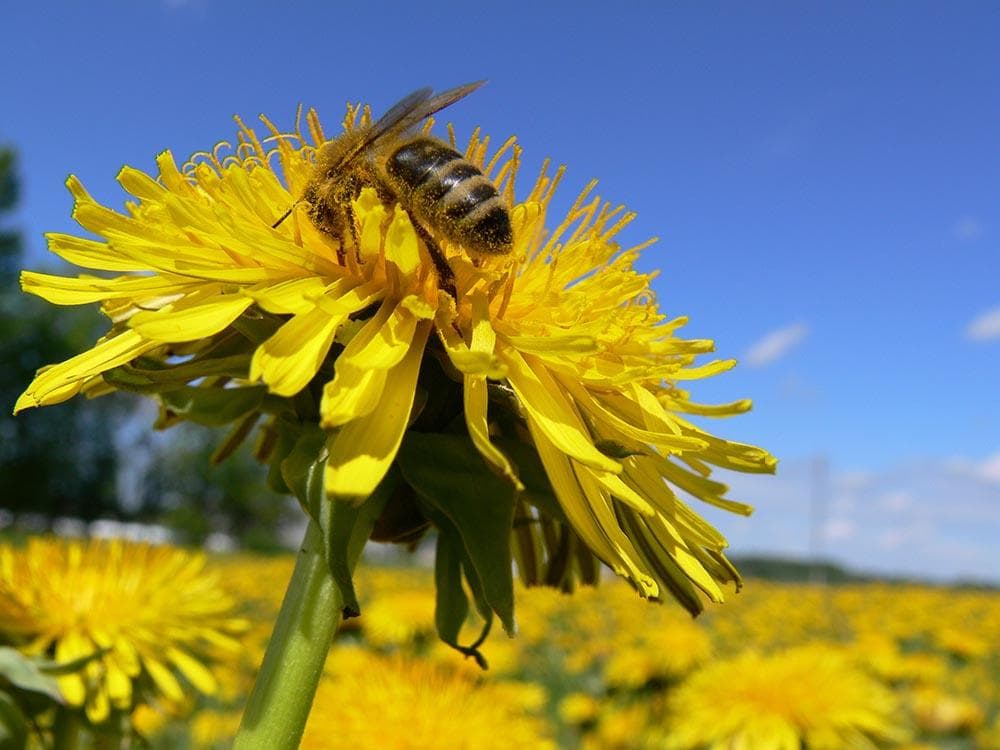
Ladies and gentlemen, step right up and prepare to be dazzled by the gastronomic prowess of the mighty dandelion! This unassuming botanical impresario is about to reveal its true culinary colors, proving once and for all that weeds can indeed be the life of the party.
First, let’s talk about nutrition. Our dandelion chum is practically bursting at the seams with vitamins and minerals. From a hearty helping of vitamin A to a generous dollop of potassium, this humble plant is the veritable kale of the weed world.
But enough about health—let’s get down to the business of deliciousness. Every part of the dandelion can be transformed into a culinary masterpiece. Young leaves, with their pleasantly bitter tang, make a delightful addition to salads or can be sautéed to perfection with a splash of olive oil and a sprinkle of garlic. When battered and fried, the vibrant yellow flowers become a crunchy, golden treat that will have even the most ardent dandelion skeptic clamoring for more. And let’s not forget the roots—roast them to create a caffeine-free coffee substitute that will impress even the most discerning palates.
Dandelions are the gift that keeps on giving in the kitchen. So why not roll up your sleeves and embark on a culinary adventure with these plucky little plants? You might find that they become the pièce de résistance of your gastronomic repertoire.







